DW
A class of drugs called nitazenes — developed in the 1950s but never approved for medical use — is causing deaths on US and UK streets. What you need to know
Just when communities were starting to understand the lethal effects of fentanyl and oxycodone abuse, yet another painkiller opioid has emerged from the pharmaceutical archives as a deadly street drug.
Commonly known as nitazenes, 2-Benzyl Benzimidazole opioids are said to be up to 500 times more potent than heroin, making people more prone to addiction.
Drug and health agencies in the UK, elsewhere in Europe, and the US are reporting a rise in the number of overdoses and fatalities linked to nitazenes.
There are indications that while authorities clamp down on fentanyl, and heroin cultivation in Afghanistan slows under the Taliban, nitazenes are being mixed into other substances, including heroin and fentanyl — and even cannabis.
What are nitazenes?
A class of more than 20 synthetic chemical compounds, nitazenes were originally developed in the 1950s as opioid analgesics — painkillers. But they were never approved for use in human or veterinary medicine. Synthetic drugs like nitazenes and fentanyl are not grown naturally or cultivated in the environment like heroin or cannabis, but manufactured artificially by humans using chemicals.
They started to surface as illicit substances around 2019 in the UK, US and the Baltic states, although some reports suggest a number of drug deaths in Russia in 1998 were linked to nitazenes as well.
They are psychoactive drugs, which, according to a World Health Organization definition, means they "affect mental processes, including perception, consciousness, cognition or mood and emotions."
Not all psychoactive substances are addictive, but nitazenes are said to be far more potent than their natural "analogs" — drugs like morphine and heroin — and, as a result, experts say they are more likely to produce a dependency.
Nitazenes are controlled substances, which means they are generally classified as dangerous and illegal narcotics.
When sold in powdered form, nitazenes have a yellow, brown or off-white color. The US Drug Enforcement Administration says nitazenes are also being pressed into pills and "falsely marketed as pharmaceutical medication (like Dilaudid 'M-8' tablets and oxycodone 'M30' tablets."
The effects are similar to other opioids, such as euphoria, sedation, and a kind of wake-sleep consciousness, but also respiratory depression and even arrest — you stop breathing.
Why is the risk of overdose so high?
In an open letter to the journal Lancet Public Health in February 2024, the European Monitoring Centre for Drugs and Drug Addiction (EMCDDA) wrote that nitazenes "have been increasingly identified in post-mortem analyses of drug-related [deaths] since 2022."
There is some evidence that nitazenes are being mixed with other illicit drugs to lower the cost of their production.
Adam Holland of the University of Bristol's School of Psychological Science commented — also in Lancet Public Health — that nitazenes were detected in substances sold as other opioids, benzodiazepines, and cannabis products.
"This means many consumers are using nitazenes inadvertently, unaware of the risks they face," wrote Holland.
And part of that risk is that people cannot judge how to dose the drugs they are taking — because they simply don't know what they are taking.
This is borne out in statistics out of the UK, for instance, where in the six months to December 2023 more than 50 people died after using nitazenes.
How addictive are nitazenes?
It is difficult to put a concrete figure on the addictiveness of illicit substances, including nitazenes — it is rarely the drug alone that determines its level of addictiveness.
There's a range of biological, psychological and social factors that influence substance use disorders, including addiction, and how they affect an individual.
Instead, pharmacologists refer to a drug's potency.
How potent are nitazenes compared to other opioids?
A 2022 report by the UK's Advisory Council on the Misuse of Drugs (ACMD) cited a review of "early studies" in which scientists gave 2-benzyl benzimidazole compounds, including isotonitazene — known as ISO on North American streets — and etonitazene, to mice.
Those studies indicated that isotonitazene was 500 times stronger than morphine and etonitazene was 1,000 times stronger than morphine.
What are the most common types of nitazenes?
The AMCD report ranked the following nitazenes from most to least potent:Etonitazene
Isotonitazene
Protonitazene
Metonitazene
Butonitazene
Etodesnitazene
Flunitazene
Metodesnitazene
What do nitazenes do in the body?
Nitazenes interact with various opioid receptors in the brain and nervous system.
One of these types of receptors was described by a UK government advice paper as "a principal mediator" in the brain that affects positive, therapeutic functions, such as pain relief, and the brain's reward, causing a sense of euphoria.
But a 2022 review of the function of another one of the receptors noted that "both therapeutic and unwanted effects of opioid drugs were exerted through their binding" to the receptors. Those unwanted effects included addiction, dependency, tolerance and withdrawal symptoms.
Edited by: Carla Bleiker
Sources:
European Monitoring Centre for Drugs and Drug Addiction (EMCDDA): "New psychoactive substances" in the European Drug Report 2023: https://www.emcdda.europa.eu/publications/european-drug-report/2023/new-psychoactive-substances_en
Advisory Council on the Misuse of Drugs (UK, 2022): "Advice on 2-benzyl benzimidazole and piperidine benzimidazolone opioids" — updated December 2023: https://www.gov.uk/government/publications/acmd-advice-on-2-benzyl-benzimidazole-and-piperidine-benzimidazolone-opioids/acmd-advice-on-2-benzyl-benzimidazole-and-piperidine-benzimidazolone-opioids-accessible-version#pharmacology
Zhang JJ, Song CG, Dai JM, Li L, Yang XM, Chen ZN. "Mechanism of opioid addiction and its intervention therapy: Focusing on the reward circuitry and mu-opioid receptor" in MedComm, June 2022: https://doi.org/10.1002/mco2.148
Pergolizzi J Jr, Raffa R, LeQuang JAK, Breve F, Varrassi G. "Old Drugs and New Challenges: A Narrative Review of Nitazenes" in Cureus, June 2023: https://doi.org/10.7759/cureus.40736
Schüller M, Lucic I, Øiestad ÅML, Pedersen-Bjergaard S, Øiestad EL. "High-throughput quantification of emerging "nitazene" benzimidazole opioid analogs by microextraction and UHPLC-MS-MS" in Journal of Analytical Toxicology, September 2023: https://doi.org/10.1093/jat/bkad071

Zulfikar Abbany Senior editor fascinated by space, AI and the mind, and how science touches people
A class of drugs called nitazenes — developed in the 1950s but never approved for medical use — is causing deaths on US and UK streets. What you need to know
Just when communities were starting to understand the lethal effects of fentanyl and oxycodone abuse, yet another painkiller opioid has emerged from the pharmaceutical archives as a deadly street drug.
Commonly known as nitazenes, 2-Benzyl Benzimidazole opioids are said to be up to 500 times more potent than heroin, making people more prone to addiction.
Drug and health agencies in the UK, elsewhere in Europe, and the US are reporting a rise in the number of overdoses and fatalities linked to nitazenes.
There are indications that while authorities clamp down on fentanyl, and heroin cultivation in Afghanistan slows under the Taliban, nitazenes are being mixed into other substances, including heroin and fentanyl — and even cannabis.
What are nitazenes?
A class of more than 20 synthetic chemical compounds, nitazenes were originally developed in the 1950s as opioid analgesics — painkillers. But they were never approved for use in human or veterinary medicine. Synthetic drugs like nitazenes and fentanyl are not grown naturally or cultivated in the environment like heroin or cannabis, but manufactured artificially by humans using chemicals.
They started to surface as illicit substances around 2019 in the UK, US and the Baltic states, although some reports suggest a number of drug deaths in Russia in 1998 were linked to nitazenes as well.
They are psychoactive drugs, which, according to a World Health Organization definition, means they "affect mental processes, including perception, consciousness, cognition or mood and emotions."
Not all psychoactive substances are addictive, but nitazenes are said to be far more potent than their natural "analogs" — drugs like morphine and heroin — and, as a result, experts say they are more likely to produce a dependency.
Nitazenes are controlled substances, which means they are generally classified as dangerous and illegal narcotics.
When sold in powdered form, nitazenes have a yellow, brown or off-white color. The US Drug Enforcement Administration says nitazenes are also being pressed into pills and "falsely marketed as pharmaceutical medication (like Dilaudid 'M-8' tablets and oxycodone 'M30' tablets."
The effects are similar to other opioids, such as euphoria, sedation, and a kind of wake-sleep consciousness, but also respiratory depression and even arrest — you stop breathing.
Why is the risk of overdose so high?
In an open letter to the journal Lancet Public Health in February 2024, the European Monitoring Centre for Drugs and Drug Addiction (EMCDDA) wrote that nitazenes "have been increasingly identified in post-mortem analyses of drug-related [deaths] since 2022."
There is some evidence that nitazenes are being mixed with other illicit drugs to lower the cost of their production.
Adam Holland of the University of Bristol's School of Psychological Science commented — also in Lancet Public Health — that nitazenes were detected in substances sold as other opioids, benzodiazepines, and cannabis products.
"This means many consumers are using nitazenes inadvertently, unaware of the risks they face," wrote Holland.
And part of that risk is that people cannot judge how to dose the drugs they are taking — because they simply don't know what they are taking.
This is borne out in statistics out of the UK, for instance, where in the six months to December 2023 more than 50 people died after using nitazenes.
How addictive are nitazenes?
It is difficult to put a concrete figure on the addictiveness of illicit substances, including nitazenes — it is rarely the drug alone that determines its level of addictiveness.
There's a range of biological, psychological and social factors that influence substance use disorders, including addiction, and how they affect an individual.
Instead, pharmacologists refer to a drug's potency.
How potent are nitazenes compared to other opioids?
A 2022 report by the UK's Advisory Council on the Misuse of Drugs (ACMD) cited a review of "early studies" in which scientists gave 2-benzyl benzimidazole compounds, including isotonitazene — known as ISO on North American streets — and etonitazene, to mice.
Those studies indicated that isotonitazene was 500 times stronger than morphine and etonitazene was 1,000 times stronger than morphine.
What are the most common types of nitazenes?
The AMCD report ranked the following nitazenes from most to least potent:Etonitazene
Isotonitazene
Protonitazene
Metonitazene
Butonitazene
Etodesnitazene
Flunitazene
Metodesnitazene
What do nitazenes do in the body?
Nitazenes interact with various opioid receptors in the brain and nervous system.
One of these types of receptors was described by a UK government advice paper as "a principal mediator" in the brain that affects positive, therapeutic functions, such as pain relief, and the brain's reward, causing a sense of euphoria.
But a 2022 review of the function of another one of the receptors noted that "both therapeutic and unwanted effects of opioid drugs were exerted through their binding" to the receptors. Those unwanted effects included addiction, dependency, tolerance and withdrawal symptoms.
Edited by: Carla Bleiker
Sources:
European Monitoring Centre for Drugs and Drug Addiction (EMCDDA): "New psychoactive substances" in the European Drug Report 2023: https://www.emcdda.europa.eu/publications/european-drug-report/2023/new-psychoactive-substances_en
Advisory Council on the Misuse of Drugs (UK, 2022): "Advice on 2-benzyl benzimidazole and piperidine benzimidazolone opioids" — updated December 2023: https://www.gov.uk/government/publications/acmd-advice-on-2-benzyl-benzimidazole-and-piperidine-benzimidazolone-opioids/acmd-advice-on-2-benzyl-benzimidazole-and-piperidine-benzimidazolone-opioids-accessible-version#pharmacology
Zhang JJ, Song CG, Dai JM, Li L, Yang XM, Chen ZN. "Mechanism of opioid addiction and its intervention therapy: Focusing on the reward circuitry and mu-opioid receptor" in MedComm, June 2022: https://doi.org/10.1002/mco2.148
Pergolizzi J Jr, Raffa R, LeQuang JAK, Breve F, Varrassi G. "Old Drugs and New Challenges: A Narrative Review of Nitazenes" in Cureus, June 2023: https://doi.org/10.7759/cureus.40736
Schüller M, Lucic I, Øiestad ÅML, Pedersen-Bjergaard S, Øiestad EL. "High-throughput quantification of emerging "nitazene" benzimidazole opioid analogs by microextraction and UHPLC-MS-MS" in Journal of Analytical Toxicology, September 2023: https://doi.org/10.1093/jat/bkad071

Zulfikar Abbany Senior editor fascinated by space, AI and the mind, and how science touches people
Crack and fentanyl abuse on the rise in Germany
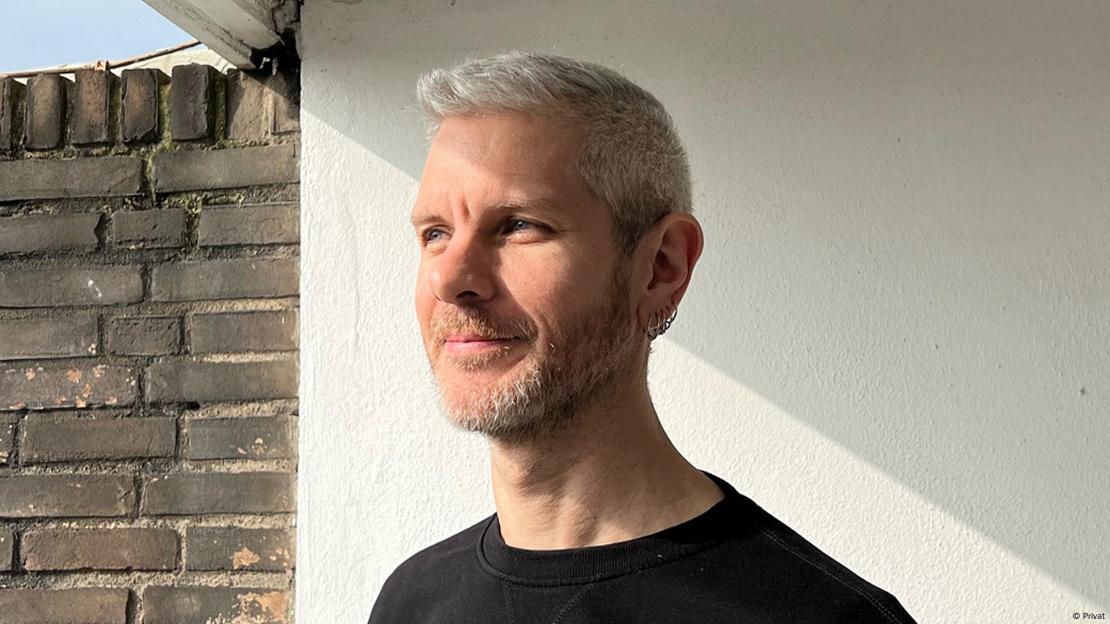
"We are living in a high-performance society. Cocaine is now used by many middle-class people — its use has been normalized to some degree. It has shed its cliched image of the 1980s and 1990s as a drug of the rich, of artists and media professionals."
Deimel studied the drug scene in the city of Cologne last year and found that almost all cocaine users had smoked crack at some point. Many of them were homeless. Many users reported massive psychological problems, including paranoia, in connection with crack consumption.
The biggest problem is that crack has no antidote, said Deimel.
"Well-developed addiction medicine interventions already exist for heroin, such as methadone, which is used as a substitution-assisted treatment. But no drug has yet proven effective against crack addiction. We really need more research on this. We also need a 24/7 emergency help center," he said.
Germany seeks coordinated action against cocaine trafficking

Harbaum's team in Dusseldorf recently opened a new accommodation facility for up to 11 addicted people at the city's central train station. It has social workers and security staff, as well as lockable single rooms.
Experts say more facilities like this are urgently needed, because in addition to crack, the next wave of highly dangerous drugs in the form of synthetic opioids like fentanyl is already arriving.
Fentanyl is a painkiller for people who are dying, or suffering from cancer, and is being mixed with heroin. A six-month test project in 17 drug consumption rooms in Germany, carried out by the German AIDS Association, showed that 3.6% of heroin samples provided contained traces of fentanyl.
"Synthetic opioids are entering the market and mixed with heroin,"said Deimel. "The problem is that these substances are substantially more potent and more lethal. With fentanyl, 2 mg is enough –– that's the size of the tip of a pencil."
Burkhard Blienert, commissioner for addiction and drug issues, believes there should be more low-threshold services to reach users.
"In addition to drug consumption rooms, there could also be drug-checking, rapid tests in drug consumption rooms, low-threshold substitution offers, and laypeople should know naloxone," he told DW.
Naloxone is a medication used to reverse or reduce the effects of opioids. It is injected and restores breathing after an opioid overdose.
A range of effective measures have been tried and tested in Europe, he pointed out, but they aren't necessarily available where they are needed.
"Given the truly dangerous developments with crack and synthetic opiates, we can't afford to keep debating whether drug consumption rooms and drug-checking should be offered or not," he said.
This article was originally written in German.

Oliver Pieper Reporter on German politics and society, as well as South American affairs.
DW
March 17, 2024
Germany is facing an alarming rise in crack cocaine and fentanyl abuse, with nearly 2,000 drug-related deaths reported in 2022. Experts are calling for comprehensive strategies to address the crisis.
Germany is facing an alarming rise in crack cocaine and fentanyl abuse, with nearly 2,000 drug-related deaths reported in 2022. Experts are calling for comprehensive strategies to address the crisis.
Andre Penner/AP/picture alliance
Crack, the street name given to a solid form of cocaine, is quickly becoming a serious problem in Germany.
Its looks harmless enough, like light-colored rock candy, which is why users call it "white" or "stones." When heated to 96 degrees Celsius (205 degrees Fahrenheit), it crackles, hence the name. The mixture of cocaine, baking soda and water delivers a "kick" in less than 10 seconds, faster than any other drug.
Crack is extremely addictive and can be devastating for those who use it.
"Crack is smokable cocaine that delivers a kick. When used on consecutive days, it can produce psychotic states," said social worker Michael Harbaum.
Crack, the street name given to a solid form of cocaine, is quickly becoming a serious problem in Germany.
Its looks harmless enough, like light-colored rock candy, which is why users call it "white" or "stones." When heated to 96 degrees Celsius (205 degrees Fahrenheit), it crackles, hence the name. The mixture of cocaine, baking soda and water delivers a "kick" in less than 10 seconds, faster than any other drug.
Crack is extremely addictive and can be devastating for those who use it.
"Crack is smokable cocaine that delivers a kick. When used on consecutive days, it can produce psychotic states," said social worker Michael Harbaum.

Harbaum, a trained social worker, has been working with addicts for decades. But, he said, crack has changed everythingImage: Privat
Harbaum has worked at the Düsseldorfer Drogenhilfe (Dusseldorf Drugs Help Center) in western Germany for the last 20 years. His first job there was running the drug consumption room, where illicit drugs can be used under the supervision of trained staff.
He now manages the center and has seen the number of people using crack in the drug consumption room skyrocket from a few hundred in 2017 to more than 31,000 in 2023.
"Crack has a very powerful effect. It acts very fast, but it also wears off very fast. So, people feel a pressure to consume it again very quickly," said Harbaum.
"This is a very dangerous situation. Just imagine the substance being consumed every half hour. That leaves barely any recovery time –– no time to eat or care for hygiene."
Drug-related fatalities steadily rising
Germany saw almost 2,000 drug-related deaths in 2022, the highest number in two decades. The main cause was either heroin or other long-term drug abuse. Fatalities from cocaine and crack overdoses rose to more than 400.
Addiction researcher Daniel Deimel has been working to develop new courses of action to deal with the consumption of crack.
"Crack has been problematic in large cities like Frankfurt, Hamburg and Hanover for around 20 years," he told DW. "But it has been spreading in western Germany since 2016 in major cities, but also in German states like Saarland, because Europe is being flooded with high-purity cocaine.
"The drug market is growing because Colombian cocaine production has been growing substantially. The market and producers have diversified," he added.
Cocaine is increasingly entering Europe via seaports, such as in Antwerp in Belgium, Rotterdam in the Netherlands and the German port of Hamburg.
EU ports join forces to fight drug smuggling

Harbaum has worked at the Düsseldorfer Drogenhilfe (Dusseldorf Drugs Help Center) in western Germany for the last 20 years. His first job there was running the drug consumption room, where illicit drugs can be used under the supervision of trained staff.
He now manages the center and has seen the number of people using crack in the drug consumption room skyrocket from a few hundred in 2017 to more than 31,000 in 2023.
"Crack has a very powerful effect. It acts very fast, but it also wears off very fast. So, people feel a pressure to consume it again very quickly," said Harbaum.
"This is a very dangerous situation. Just imagine the substance being consumed every half hour. That leaves barely any recovery time –– no time to eat or care for hygiene."
Drug-related fatalities steadily rising
Germany saw almost 2,000 drug-related deaths in 2022, the highest number in two decades. The main cause was either heroin or other long-term drug abuse. Fatalities from cocaine and crack overdoses rose to more than 400.
Addiction researcher Daniel Deimel has been working to develop new courses of action to deal with the consumption of crack.
"Crack has been problematic in large cities like Frankfurt, Hamburg and Hanover for around 20 years," he told DW. "But it has been spreading in western Germany since 2016 in major cities, but also in German states like Saarland, because Europe is being flooded with high-purity cocaine.
"The drug market is growing because Colombian cocaine production has been growing substantially. The market and producers have diversified," he added.
Cocaine is increasingly entering Europe via seaports, such as in Antwerp in Belgium, Rotterdam in the Netherlands and the German port of Hamburg.
EU ports join forces to fight drug smuggling
02:27 Deimel believes demand will remain high.
"We are living in a high-performance society. Cocaine is now used by many middle-class people — its use has been normalized to some degree. It has shed its cliched image of the 1980s and 1990s as a drug of the rich, of artists and media professionals."
Deimel studied the drug scene in the city of Cologne last year and found that almost all cocaine users had smoked crack at some point. Many of them were homeless. Many users reported massive psychological problems, including paranoia, in connection with crack consumption.
The biggest problem is that crack has no antidote, said Deimel.
"Well-developed addiction medicine interventions already exist for heroin, such as methadone, which is used as a substitution-assisted treatment. But no drug has yet proven effective against crack addiction. We really need more research on this. We also need a 24/7 emergency help center," he said.
Germany seeks coordinated action against cocaine trafficking
Harbaum's team in Dusseldorf recently opened a new accommodation facility for up to 11 addicted people at the city's central train station. It has social workers and security staff, as well as lockable single rooms.
Experts say more facilities like this are urgently needed, because in addition to crack, the next wave of highly dangerous drugs in the form of synthetic opioids like fentanyl is already arriving.
Fentanyl is a painkiller for people who are dying, or suffering from cancer, and is being mixed with heroin. A six-month test project in 17 drug consumption rooms in Germany, carried out by the German AIDS Association, showed that 3.6% of heroin samples provided contained traces of fentanyl.
"Synthetic opioids are entering the market and mixed with heroin,"said Deimel. "The problem is that these substances are substantially more potent and more lethal. With fentanyl, 2 mg is enough –– that's the size of the tip of a pencil."
Fentanyl, America's silent killer 07:06
Burkhard Blienert, commissioner for addiction and drug issues, believes there should be more low-threshold services to reach users.
"In addition to drug consumption rooms, there could also be drug-checking, rapid tests in drug consumption rooms, low-threshold substitution offers, and laypeople should know naloxone," he told DW.
Naloxone is a medication used to reverse or reduce the effects of opioids. It is injected and restores breathing after an opioid overdose.
A range of effective measures have been tried and tested in Europe, he pointed out, but they aren't necessarily available where they are needed.
"Given the truly dangerous developments with crack and synthetic opiates, we can't afford to keep debating whether drug consumption rooms and drug-checking should be offered or not," he said.
This article was originally written in German.
Drug dealing and smuggling in Berlin 42:35

Oliver Pieper Reporter on German politics and society, as well as South American affairs.


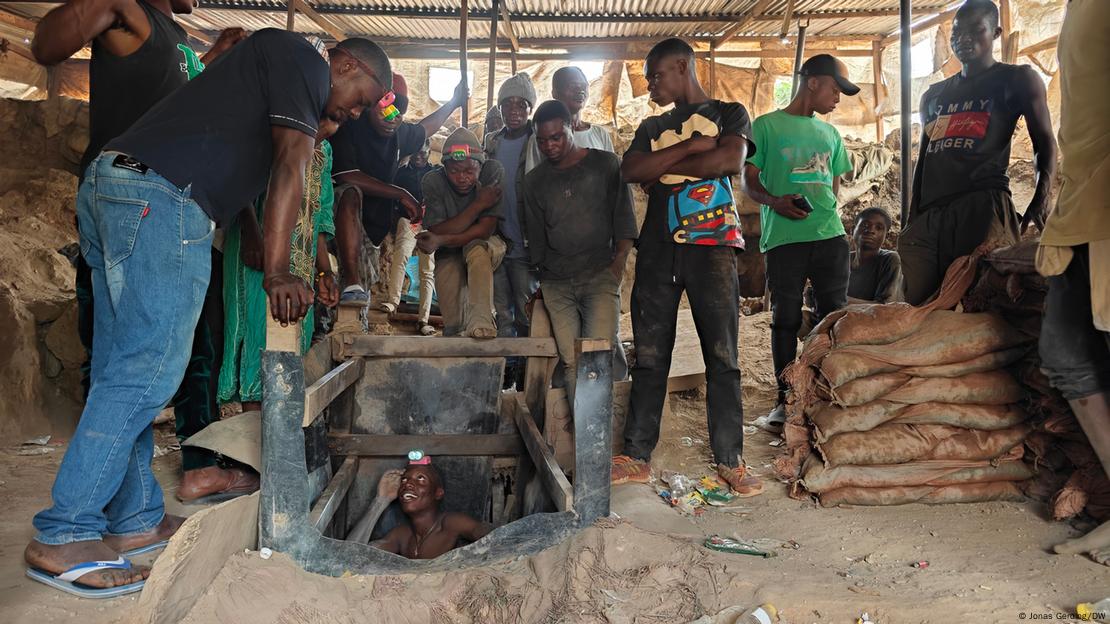
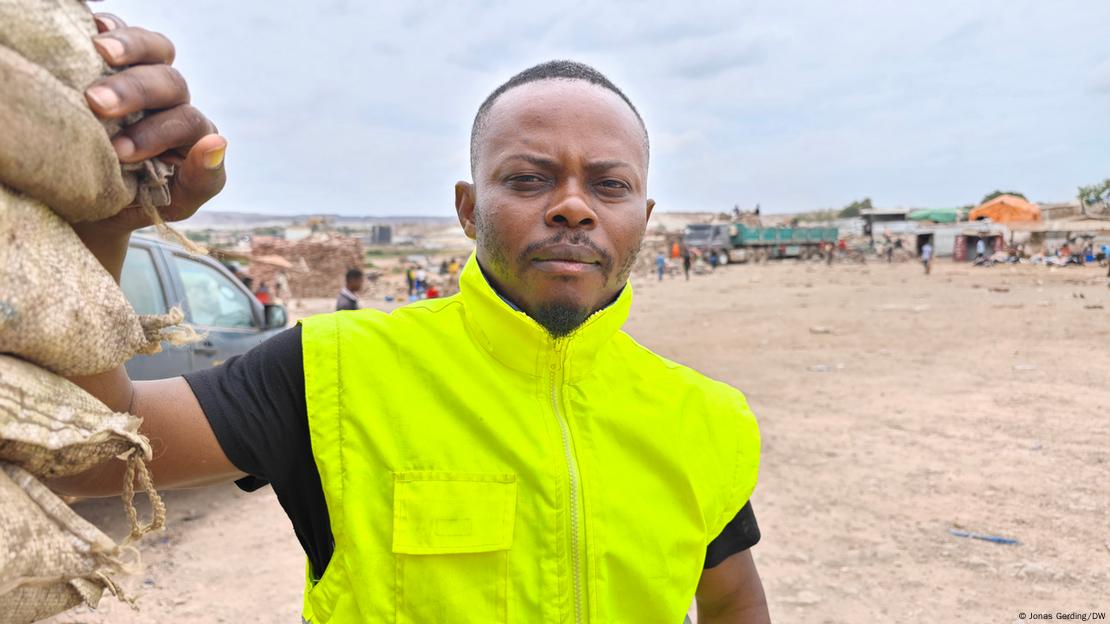

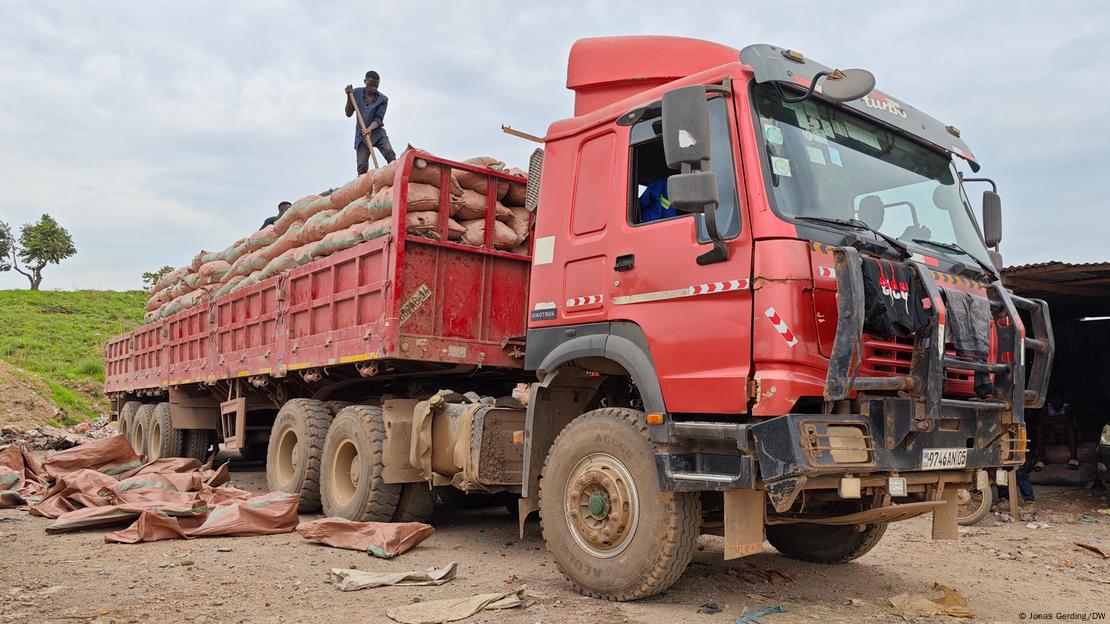


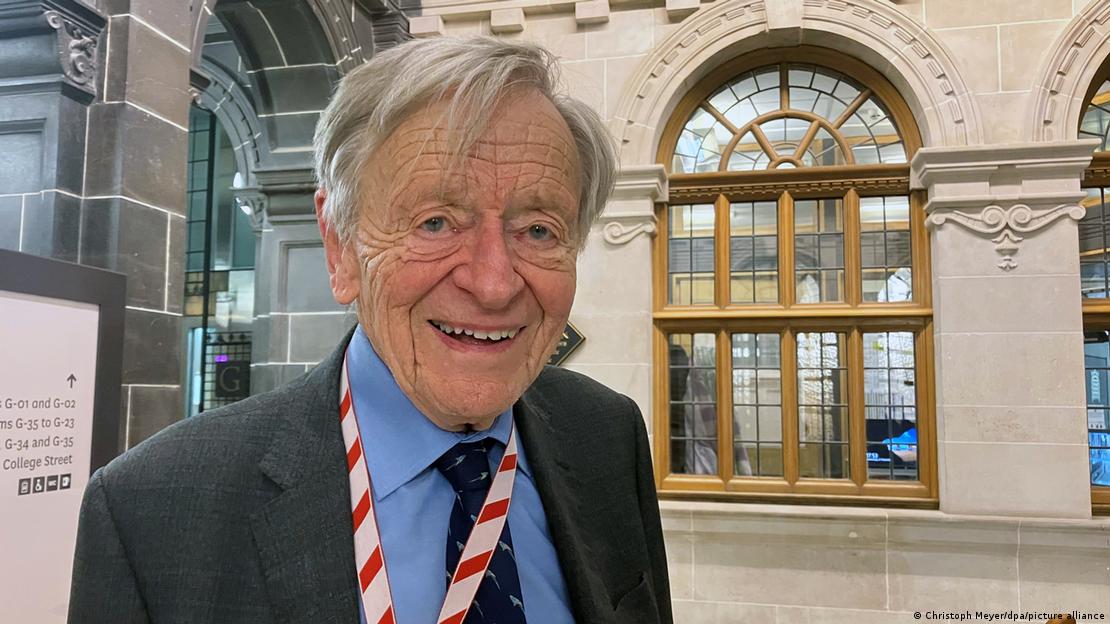


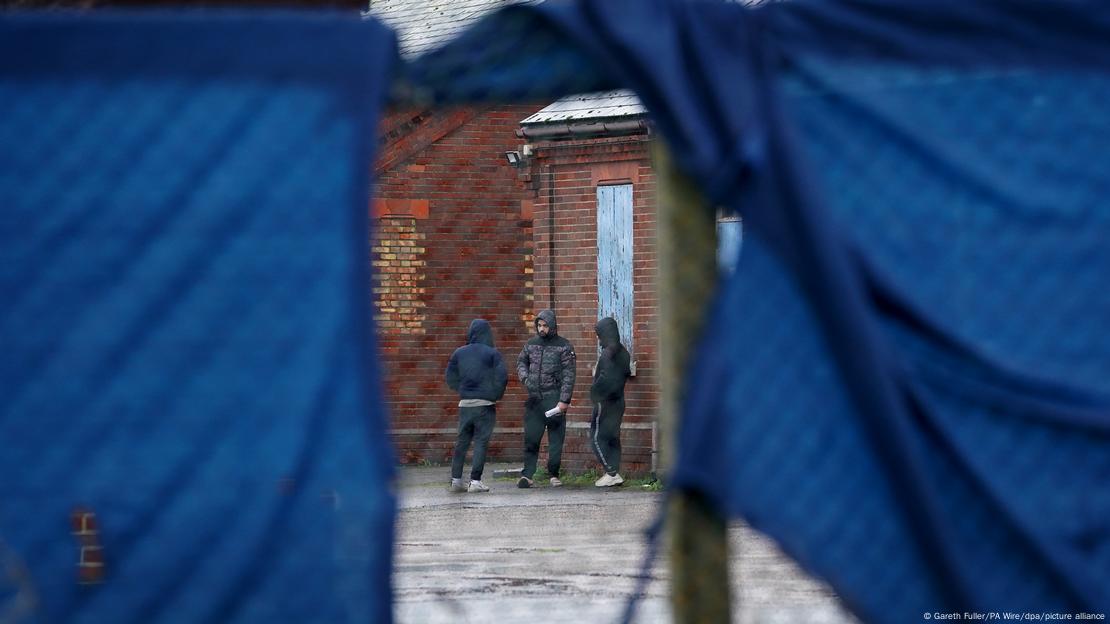
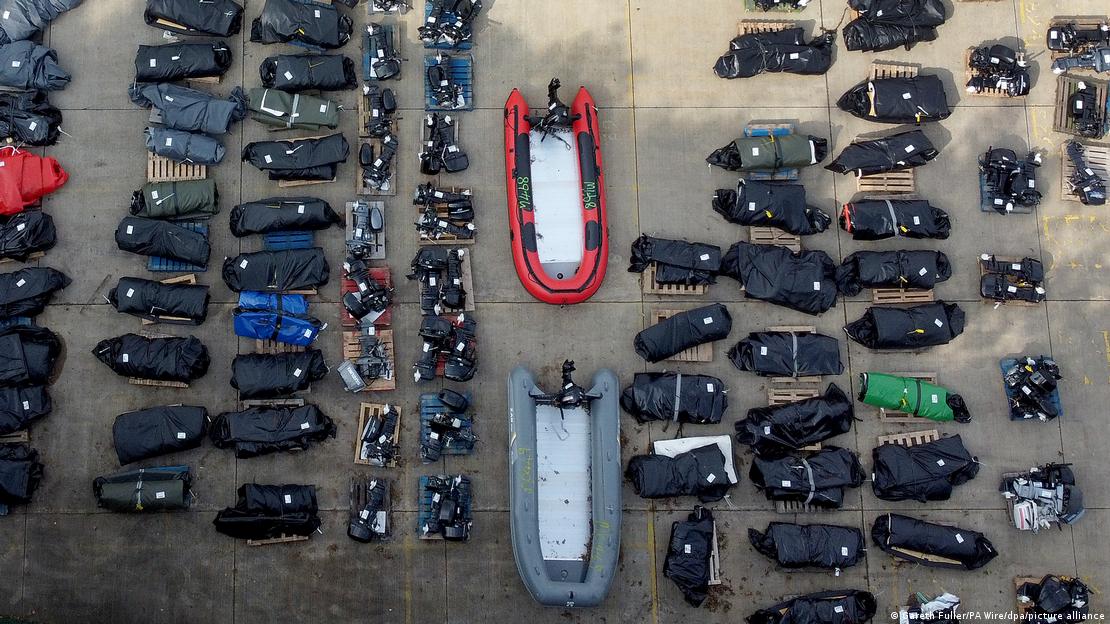





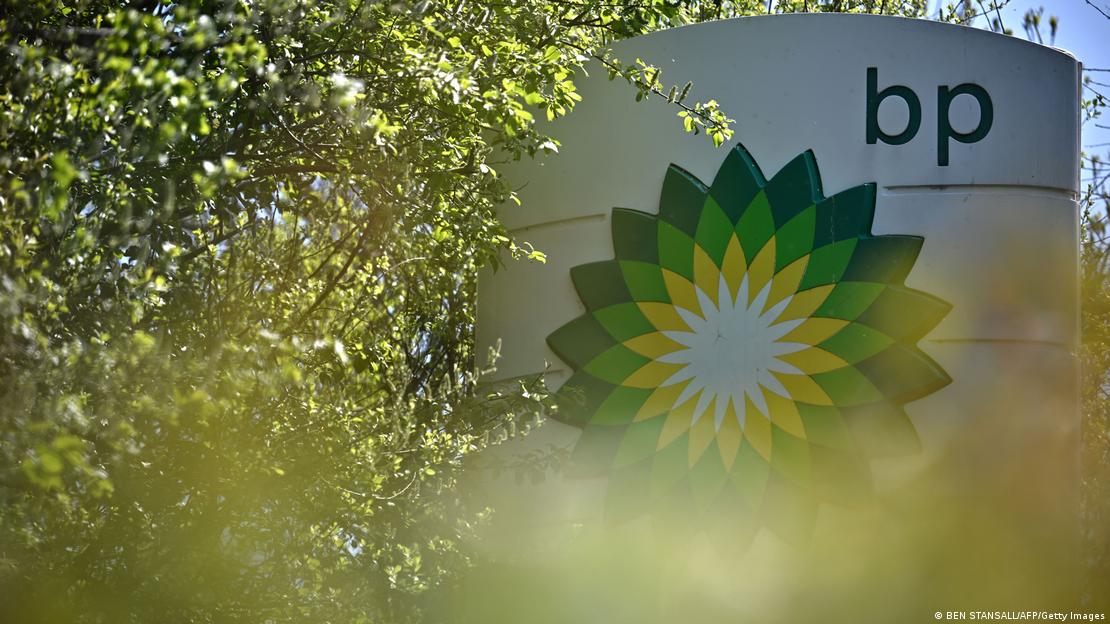






 Atmospheric testing in French Polynesia went on until 1974 © / AFP/File
Atmospheric testing in French Polynesia went on until 1974 © / AFP/File


